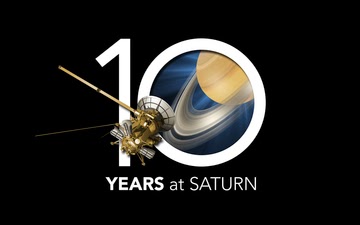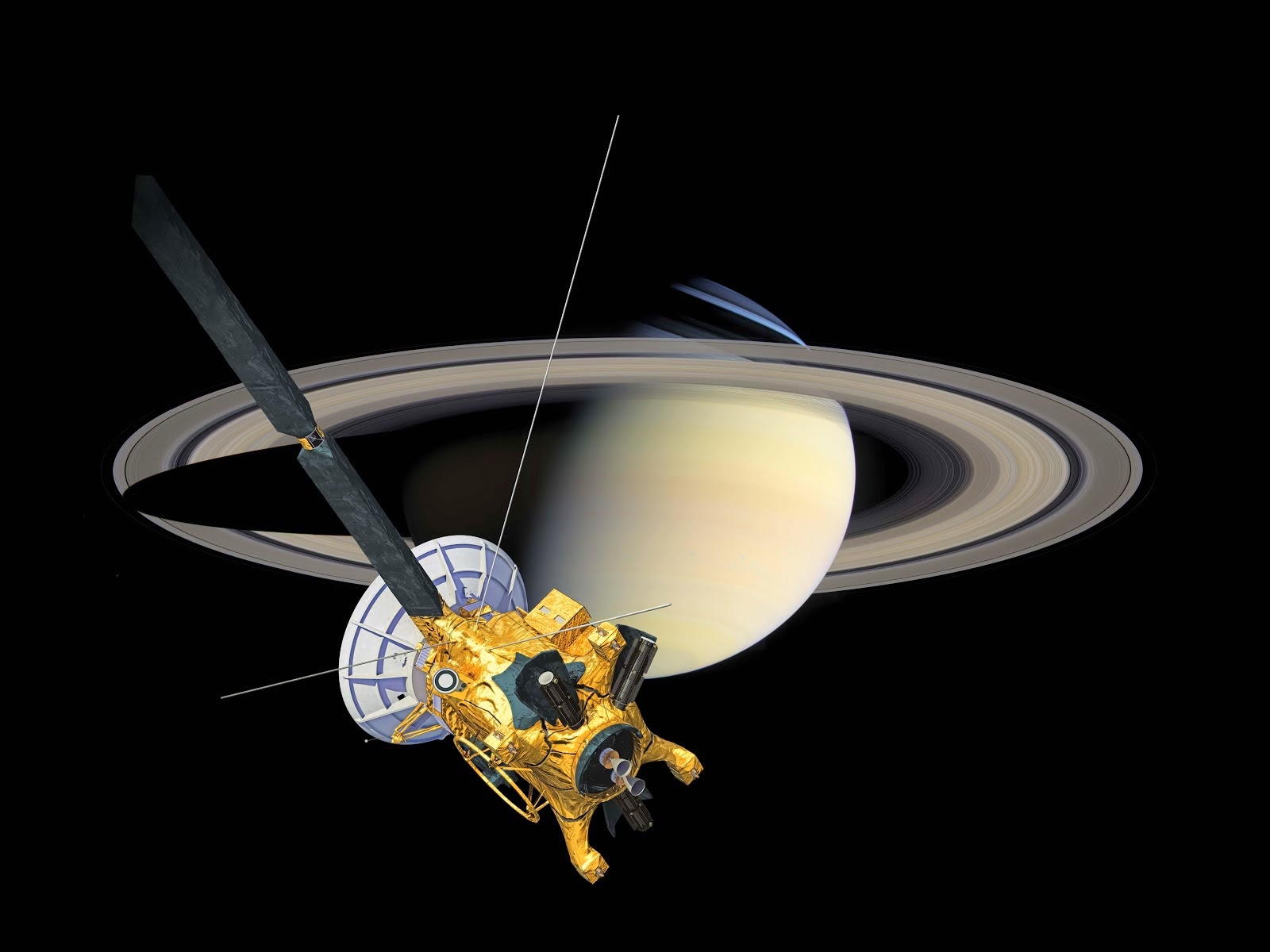
NASA / ESA - SOHO Mission patch / NASA - Solar Dynamics Observatory (SDO) patch.
June 27, 2014
A suite of NASA's sun-gazing spacecraft have spotted an unusual series of eruptions in which a series of fast puffs forced the slow ejection of a massive burst of solar material from the sun's atmosphere. The eruptions took place over a period of three days, starting on Jan. 17, 2013. Nathalia Alzate, a solar scientist at the University of Aberystwyth in Wales, presented findings on what caused the puffs at the 2014 Royal Astronomical Society's National Astronomy Meeting in Portsmouth, England.
Animation above: This animation from the ESA/NASA Solar and Heliospheric Observatory shows puffs emanating from the base of the sun's atmosphere, exploding outward into interplanetary space. These drive a later, larger eruption. The bright light of the sun itself is hidden behind the black circle at the center. Animation Credit: ESA/NASA/SOHO/Alzate.
The sun's outermost atmosphere, the corona, is made of magnetized solar material, called plasma, that has a temperature of millions of degrees and extends millions of miles into space. On Jan. 17, the joint European Space Agency and NASA's Solar and Heliospheric Observatory, or SOHO, spacecraft observed puffs emanating from the base of the corona and rapidly exploding outwards into interplanetary space. The puffs occurred roughly once every three hours. After about 12 hours, a much larger eruption of material began, apparently eased out by the smaller-scale explosions.
By looking at high-resolution images taken by NASA's Solar Dynamics Observatory, or SDO, and NASA's Solar Terrestrial Relations Observatory, or STEREO, over the same time period and in different wavelengths, Alzate and her colleagues could focus on the cause of the puffs and the interaction between the small and large-scale eruptions.
Image above: This combination of three wavelengths of light from NASA's Solar Dynamics Observatory shows one of the multiple jets that led to a series of slow coronal puffs on Jan. 17, 2013. The light has been colorized in red, green and blue. Image Credit: Alzate/SDO.
"Looking at the corona in extreme ultraviolet light we see the source of the puffs is a series of energetic jets and related flares," said Alzate. "The jets are localized, catastrophic releases of energy that spew material out from the sun into space. These rapid changes in the magnetic field cause flares, which release a huge amount of energy in a very short time in the form of super-heated plasma, high-energy radiation and radio bursts. The big, slow structure is reluctant to erupt, and does not begin to smoothly propagate outwards until several jets have occurred."
Because the events were observed by multiple spacecraft, each viewing the sun from a different perspective, Alzate and her colleagues were able to resolve the three-dimensional configuration of the eruptions. This allowed them to estimate the forces acting on the slow eruption and discuss possible mechanisms for the interaction between the slow and fast phenomena.
"We still need to understand whether there are shock waves, formed by the jets, passing through and driving the slow eruption," said Alzate. "Or whether magnetic reconfiguration is driving the jets allowing the larger, slow structure to slowly erupt. Thanks to recent advances in observation and in image processing techniques we can throw light on the way jets can lead to small and fast, or large and slow, eruptions from the sun."
Related links:
More about SDO: http://www.nasa.gov/mission_pages/sdo/main/index.html
More about STEREO: http://www.nasa.gov/mission_pages/stereo/main/index.html
More about SOHO: http://www.nasa.gov/mission_pages/soho/
Images (mentioned), Text, Credits: NASA / Royal Academy of Sciences.
Best regards, Orbiter.ch
































.jpg)

















